For many homeowners and do-it-yourselfers, owning a Troy-Bilt riding mower is a source of joy. The combination of strength, usability, and sophisticated features makes them ideal for maintaining lawns of varying sizes. Nevertheless, even the most robust equipment may experience some problems.
From engine troubles to security concerns, knowing how to deal with these issues will help you keep your lawn looking neat. The guide below provides detailed information on common problems faced by riders who use their reliable mowers by Troy-Bilt and ways to address them.
Getting to Know Your Troy-Bilt Riding Mower
Before starting troubleshooting activities, knowing the parts of your Troy-Bilt riding mower is important. These include the engine, transmission, electrical system, and steering, among others. With knowledge about this machine’s anatomy and owner’s manual, you will easily diagnose any problem confidently and avoid future issues through preventive maintenance.
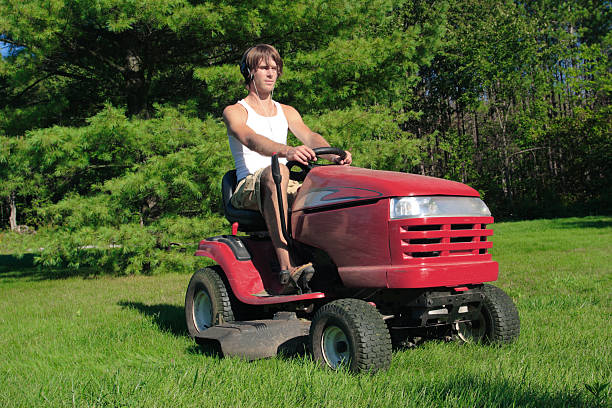
Engine Nuisances
The engine in your mower is its heartbeat that powers everything from starting it up to cutting grass appropriately when it has trouble.
1. Failing to Start
Nothing can be more frustrating than having a mower that does not start at all. When turning the ignition key yields no response, there are generally two issues likely to be responsible for this:
Check fuel amounts and Quality: Stale gasoline is the most common cause of starting glitches, so always use fresh fuel, or if you are suspicious about old fuel, drain the tank before refilling it.
Evaluate the spark plug and ignition system: Take out the spark plug, then inspect its excessive wear damage or fouling; also make sure that an appropriate current goes into this part from the ignition system.
2. Engine overheating
An overheating engine might have severe consequences for your machine, which include steam coming out of the underneath hood or a sudden stoppage of the engine.
Inspecting the Cooling System: Make sure that the radiator is not blocked by dirt and that it is of the right color and level.
Clogged Air Filter or Debris filter: Adebris buildup ter leads to restricted airflow in an engine, which can cause overheating problems. Therefore, clean it regularly to avoid such issues.
3. Loss of Power
If your mower’s performance has decreased, you will likely witness a massive power loss.
Dirty or Faulty Carburetor: This type of carburettor easily gums up with fuel. Thus, it necessitates cleaning or adjusting them accordingly.
Belts or Pulleys That Are Worn Out: As time goes on, these belts and pulleys get worn out, leading to slipping and power reduction, respectively; thus, be keen to replace them at appropriate times.
Transmission Tribulations

The transmission system links the power supplied by the engine to the wheels. Problems here will cause mobility issues like difficulty when changing gears or any unusual sounds.
1. Difficulty shifting gears
If you try shifting gears and don’t succeed, or if this process feels too tight,
Check Transmission Fluid Levels: This is due to the unsealed transmission system, which causes low fluid levels that make shifting difficult and hence requires topping off fluids at intervals.
Worn-out or Damaged Transmission Components: In case of slipping gears or grinding noise while shifting, have it checked by a specialist since this could mean that your gearbox needs immediate repair.
2. Grinding noises
When misalignments and wear impede processes where precisely cut gears mesh together within transmission units,
Misalignment or Damage to Gears: The grinding sound during shifting may be indicative of worn gears. When promptly discovered, this can just be a simple fix.
Insufficient Lubrication: Lack of proper lubrication among gears may result in their scraping against each other; therefore, check out the owner’s manual for permitted transmission oils and make sure you use them as required.
Electrical Problems
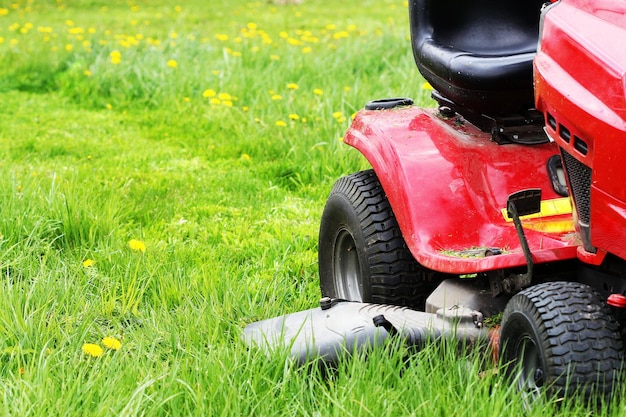
Everything from the battery to the fuses is part of the electrical system on your riding mower. In many cases, when components fail, it’s usually due to moisture damage or age that causes wear.
1. Faulty Battery
If your mower isn’t starting, it’s worthwhile to inspect the battery for signs of trouble:
Corrosion on Terminals: These terminals are where electricity flows through to make an electric circuit. Corrosion breaks this connection; hence, problems occur.
Weak or Dead Battery: This is an indication that the battery has failed to hold a charge and should be replaced. A weak battery can sometimes be revived by using an automotive charger, but it is not a long-term solution.
2. Electrical Shorts
Frayed wires or damaged insulation can cause electrical shorts, leading to various problems:
Inspect the wiring harness for damage. Therefore, carefully inspect every wire and connection, looking for visible impairments.
Check for Loose Connections: If there are any loose connections, ensure they are securely connected, either with power sources or even by tying them up with earth wire.
Steering and Handling Headaches
Issues with steering and mowing deck alignment can lead to an unsightly and uneven cut. They also make the mower tiresome to use and potentially dangerous.
1. Steering Wheel Stiffness
If turning the steering wheel requires excessive force, there could be an issue with the steering components.
Lack of Lubrication in Steering Components: ball joints that have dried up or been ruined will become stiffened together. Hence, dry ball joints ought to be lubricated and greased properly.
Damaged Steering Linkage: The linkage, including the tie rods and drag links, may need replacing if they are damaged.
2. Uneven cutting
A patchy lawn is more than just an aesthetic issue—it could signify a problem with your mower’s balance.
Uneven tire pressure: tyres with different air pressures can cause the deck to slant. Therefore, ensure that your tyre pressure is within the manufacturer’s recommended limit.
Bent or Damaged Mower Deck: A deck that has struck a hard object or is suffering from age-related fatigue can bend, affecting the cut. Inspect and repair the deck as needed.
Safety Scares
Your riding mower is a powerful piece of machinery that requires strict adherence to safety precautions. Any issues with the brake or loss of control can result in accidents.
1. Brake Failure
If your mower doesn’t respond as it should when you attempt to stop, don’t delay repairs.
Worn Brake Pads or Discs: Like on a car, brake components need to be replaced periodically.If you are handy at all, this is something you can typically do yourself at home.
Hydraulic System Leaks: A hydraulic system for braking may start leaking, hence reducing performance by some measures. Look for signs of leakage anywhere on this system.
2. Loss of Control
If the mower steers unpredictably or feels unstable, it could lead to a loss of control and a potential accident.
Damaged Steering Components: Even wheel alignment issues are dangerous; therefore, such problems require immediate attention, which may call for professional intervention.
Why is it important that your tire pressure is right? In addition to uneven tire pressure, the wrong one in general can lead to a loss of control. Check and correct your tire pressure regularly.
Prevention is the best cure.
The best resolution for mower issues lies in ways of stopping them from happening at all. Consistent maintenance and care can go a long way in extending the life of your Troy-Bilt riding mower. So how do you keep it at its best?
Tire Components Inspection: By carefully visually examining any potential issue before each mow operation, you can address it early enough.
Follow the manufacturer’s maintenance schedule: It includes oil changes, filter replacements and any other routine inspections they recommend.
Good Winter Storage Practices: If you leave your mower outside throughout the winter, it will deteriorate fast. Also, ensure that you follow the manufacturer’s storage recommendations.
By protecting and addressing all symptoms immediately, your Troy-Bilt mower will be ready to attend lawn services on time.
Wandering with a Reliable Rig
Most times, how much you enjoy mowing grass depends on the performance levels of your dependable Troy-Bilt riding mower. With this knowledge about common breakdowns and how to fix them orderly, you have a chance of maintaining your turf well without accidents or unnecessary delays.
While troubleshooting should always begin with simple repairs followed by more complex ones depending on neediness, remember not to hesitate to seek professional help for those projects that are beyond your comfort zone so as to keep both lawnmowers rolling along smoothly.
Starter Solenoid Troubleshooting
A common reason why some Troy-Bilt ride-on mowers fail to start is a faulty starter solenoid. The function of this part involves acting like a switch through which electrical energy is transmitted from the battery into the starter motor while starting an engine by turning the ignition key. How do I solve problems that may arise with my starter solenoid?
Locate Your Mower’s Starter Solenoid: In most instances, the starter solenoid is usually located near the mower’s battery or along the frame. For the exact position, you should consult your Troy-Bilt owner’s manual.
Corrosion or Lose Connections: Look for any sign of corrosion on the solenoid terminals, as it can easily interrupt electrical flow. Make sure all connections are tight and clean.
Double Test with a Multimeter: You may as well test whether a solenoid functions by checking its continuity using a multimeter once you have turned the ignition key to the start position. Its lack of continuity implies that there could be a need to replace it with another one.
Jumping over the solenoid: Bypassing it with caution by putting a screwdriver across these given terminals as part of diagnostic testing while starting an engine is another way. If your mower starts, then chances are high that your starter solenoid is not functioning properly, so it may need replacement.
Replacement: Many owners can easily change their starter solenoids without any complexities involved in such a process. Disconnect the battery, take out the old solenoid, and fit a new one, making sure that all wires connect to the right terminals.
Through careful inspection of the starter solenoid step by step and necessary action being taken, this will eventually help overcome starting issues, thereby ensuring that your Troy-Bilt riding mower is good for work. Before any repairs, always remove the battery first, prioritizing safety, then go for the manufacturer’s guidelines on the spares you intend to replace.
How to Find and Replace Parts on Troy-Bilt Riding Mowers
Using the correct parts during maintenance or repair services on your Troy-Bilt riding mower plays an important role in determining its performance levels and lifespan. Here is a guide that will help you identify and swap some typical components:
Blades: Over time, mower blades can be dulled or damaged, resulting in uneven cuts. Troy-Bilt makes blades specifically for your model to cut better.
Belts: Drive belts and deck belts are important for the functioning of your mower. When these wear out or break, replacements are available from Troy-Bilt or their authorized dealers.
Filters: Air and fuel filters must be replaced periodically to keep your mower running smoothly. Use genuine filters from Troy-Bilt to avoid performance problems.
Spark Plugs: Periodical replacement of spark plugs is necessary for good engine performance. Ensure you use the correct type as per Troy-Bilt specifications.
Tires and Wheels: Worn-out or damaged tires and wheels may make your mower difficult to steer or unsafe. You can order the specific replacement tires and wheels directly from Troy-Bilt made for your specific model.
Batteries: If it’s becoming difficult to start the machine, it may be necessary to replace the battery. Troy-Bilt offers replacement batteries that are designed specifically to meet the electrical needs of your machine.
Identifying the right parts for your mower model is essential. Part numbers and ordering information can be found in your lawn mower user manual or by contacting a customer support representative at Troy Bilt. Always verify compatibility before purchasing to ensure they will fit exactly on your particular model.
Replacement parts usually come with installation instructions; however, if you are in doubt about any aspect of the replacement process, then consult an expert to prevent damaging your machine or voiding its warranty.
Conclusion
FAQs
Q: How often should I replace the air filter on my Troy-Bilt riding mower?
A: It is recommended to change the air filter every season or after every 25 hours you use it, depending on which comes faster. Dusty conditions may require frequent replacements.
Q: Can I sharpen the blades on my Troy-Bilt mower myself, or should I have them professionally sharpened?
A: Although it is possible to make the blades sharp in case you have the proper tools as well as observance of safety precautions, let someone who knows exactly what they are doing do it such that they will be sharpened professionally with perfect angle and balance for maximum efficiency in their working condition. Only check a user manual whenever puzzled.
Q: What type of oil should I use on my Troy-Bilt riding mower?
A: Most Troy-Bilt riding mowers require SAE 30 motor oil if the temperature exceeds 32°F (0°C). SAE 5W-30 oil can also be used in colder climates to assist with starting at low temperatures. For specific oil requirements, refer to your owner’s manual.
Q: How do I know when to replace the belts on my mower?
A: Look for signs of wear every now and then, like splits, fraying, or slackness on the belts. When any of these signs are seen or when your mower does not drive properly, including slipping, you should replace them.
Q: Why won’t my Troy-Bilt riding mower start?
Multiple factors can contribute to starting issues, including a dead battery, old fuel, a clogged fuel filter, a faulty spark plug, or a defective starter solenoid. Follow the troubleshooting steps outlined in the document to narrow down and address the problem. If the mower still won’t start, it may be time to consult a professional.
Q: Where can I find replacement parts for my Troy-Bilt riding mower?
A: Replacement parts can be sourced directly from Troy-Bilt through their official website or authorized dealers. Ensure you have the model and serial number of your mower when searching for parts to guarantee compatibility.
Remember that frequently maintaining your device and taking care of all wear indications promptly will help ensure that it runs smoothly for many years.
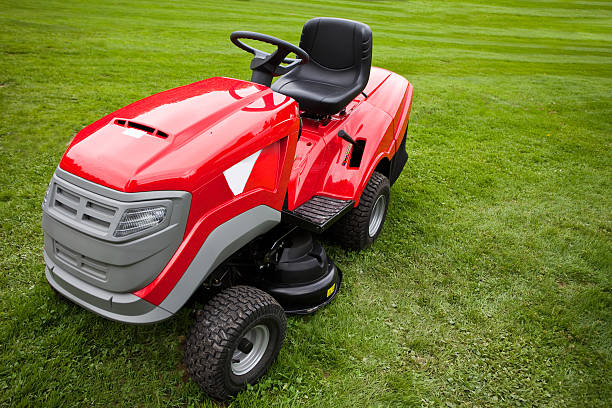


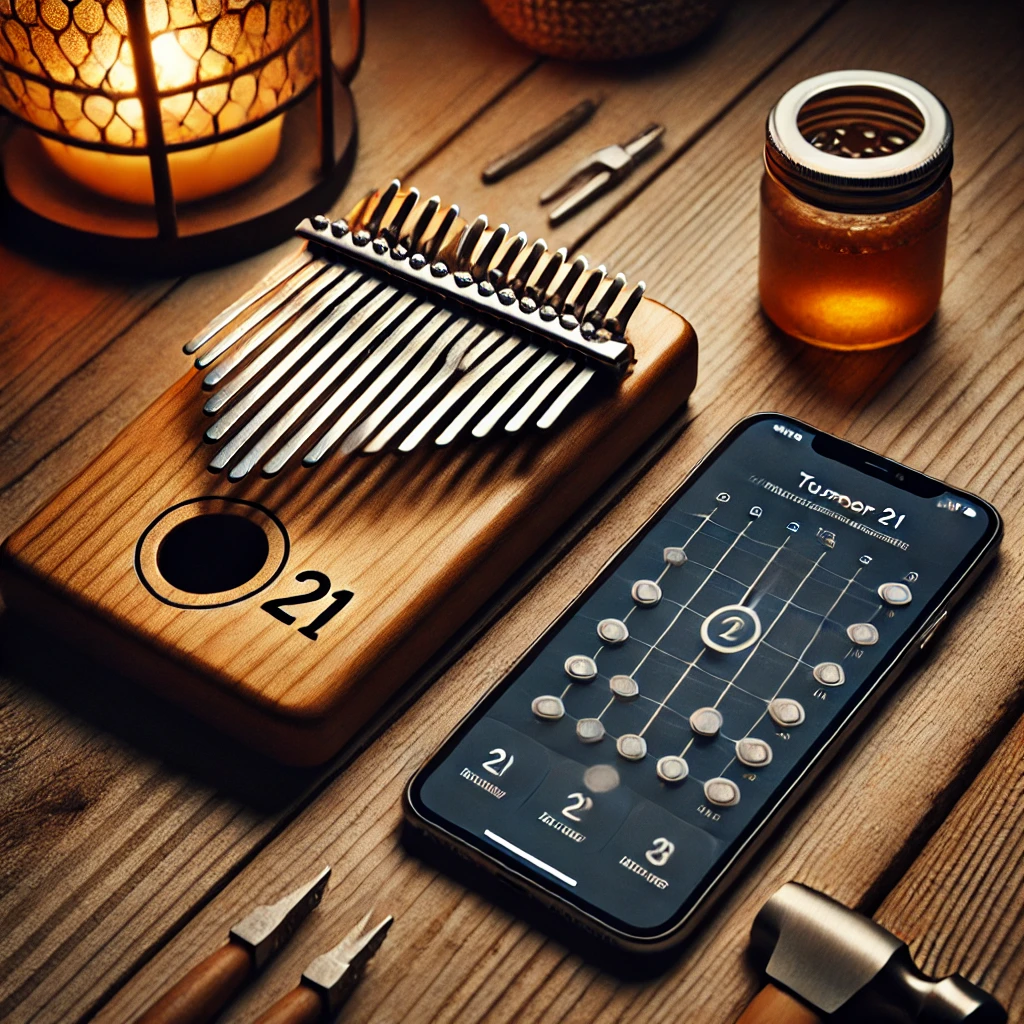



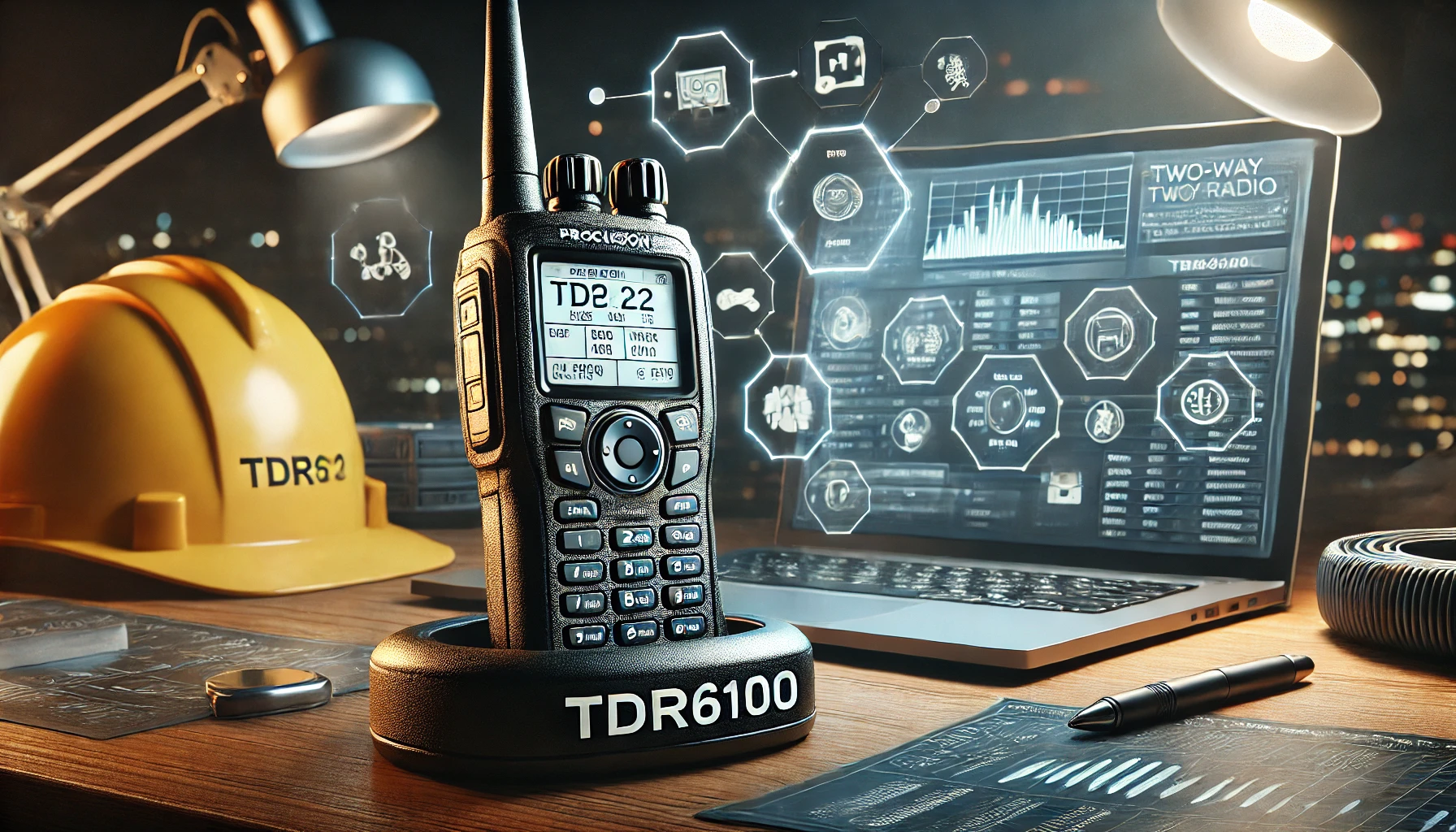
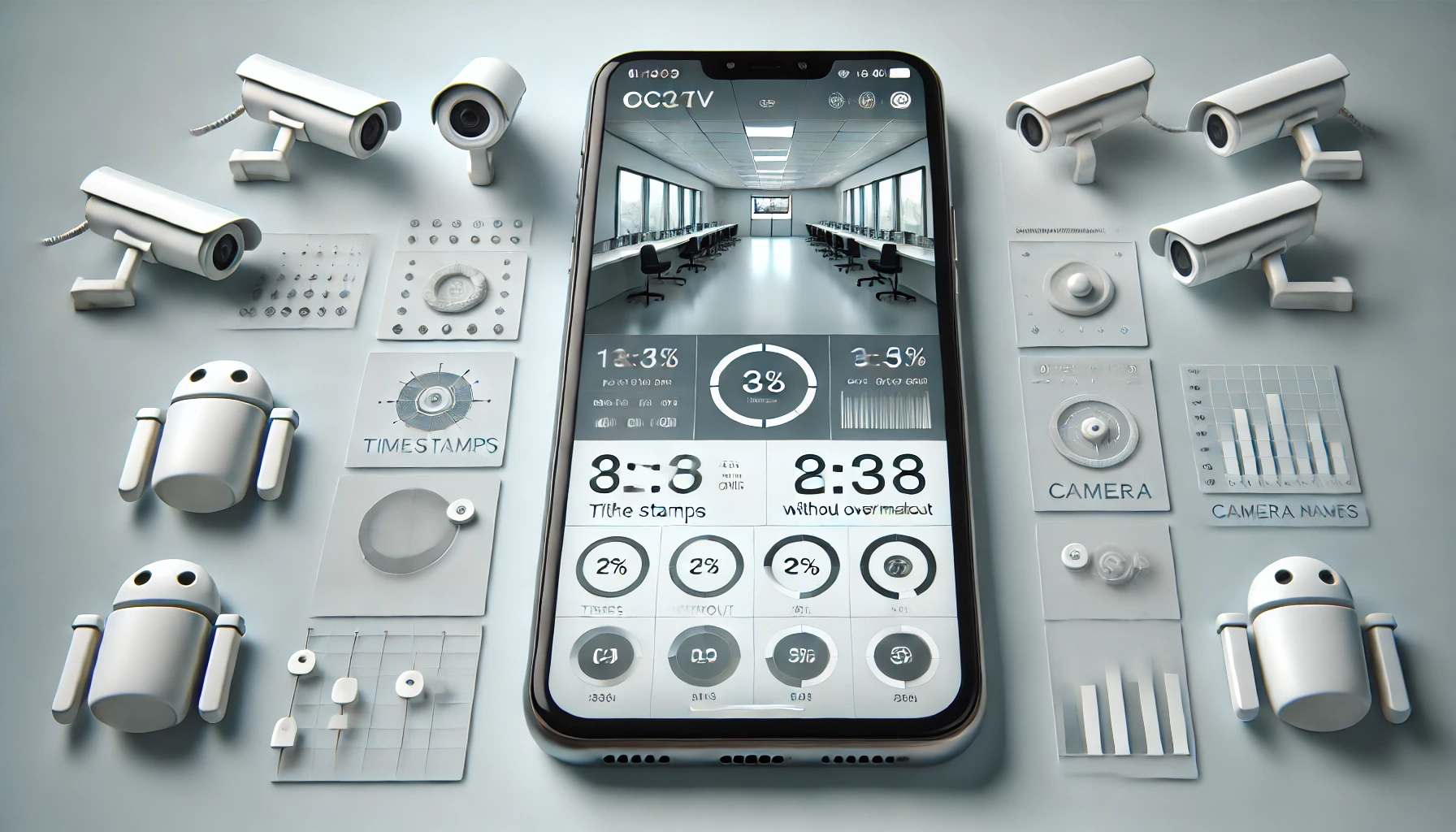
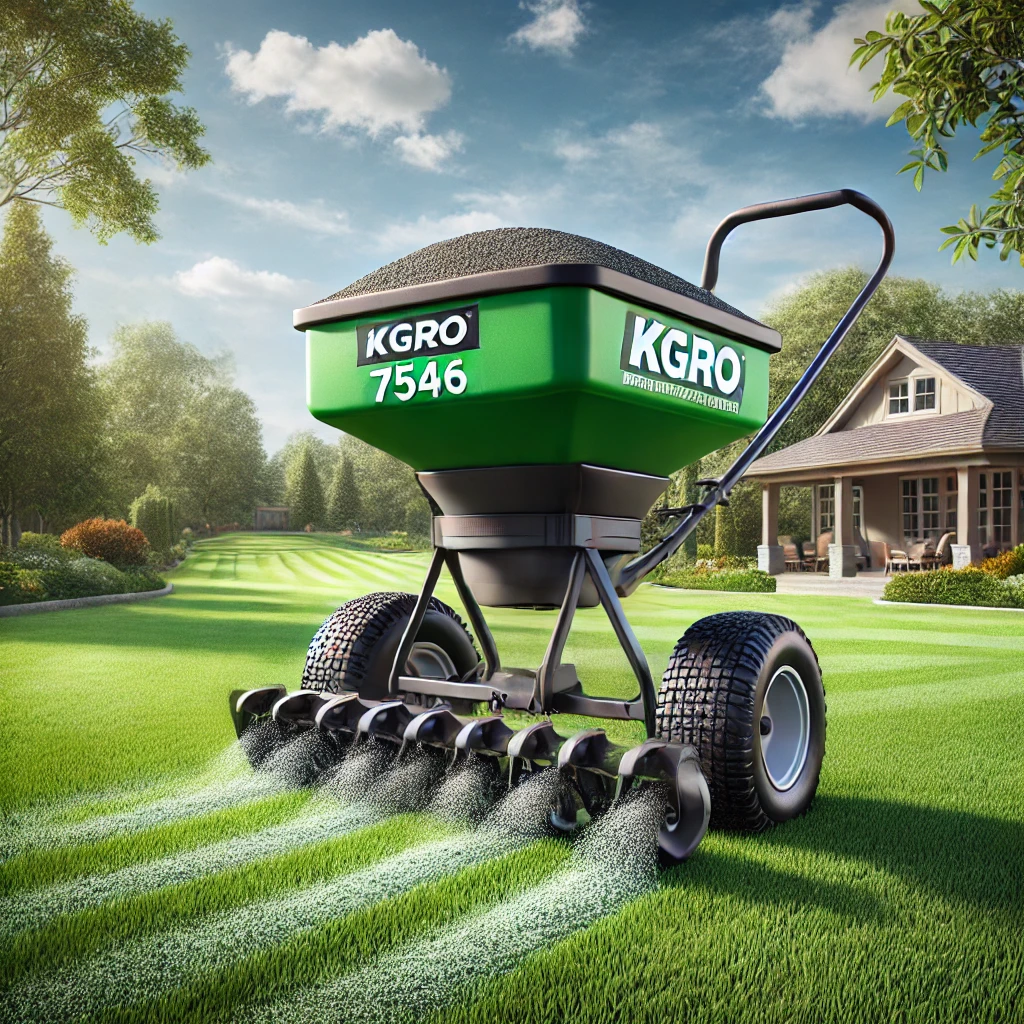

Leave a Reply